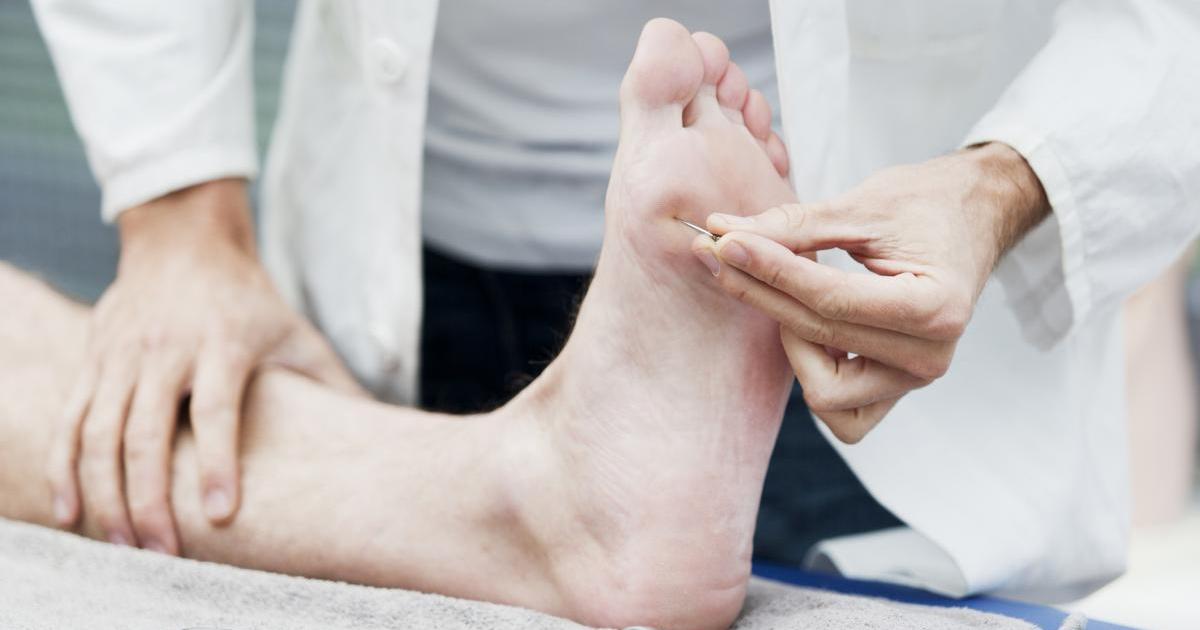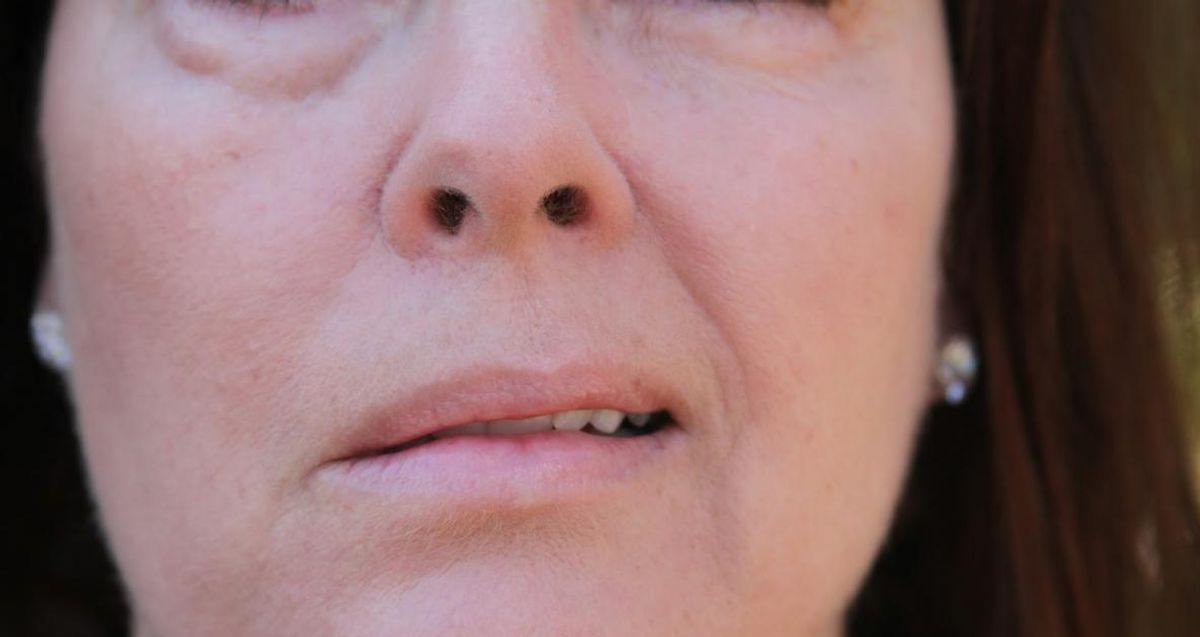Complications Of Lyme Disease
Lyme disease is an infectious disease precipitated by exposure to a type of bacteria referred to as Borrelia burgdorferi. Borrelia burgdorferi is transmitted to an individual through an infected deer tick or black-legged tick bite. If the tick is removed from the body within forty-eight hours of it being attached, Lyme disease is not likely to develop. Symptoms of Lyme disease include neck stiffness, headache, fever, chills, fatigue, joint pain, muscle pain, swollen lymph nodes, rashes, irregular heartbeat, palpitations, numbness, and tingling in the extremities.
A Lyme disease diagnosis is made with the use of a physical examination, medical history, and blood testing. Treatment for Lyme disease may include the use of oral or intravenous antibiotics, including amoxicillin, cefuroxime, and doxycycline. Treatment also focuses on relieving symptoms and preventing complications that may linger after the elimination of the bacteria.
Neuropathy

The Borrelia burgdorferi bacteria are known to hide from and avoid an individual's immune system by moving into the nervous system and joints. When the bacteria move into the nervous system, they can destroy the nerve cells responsible for communicating sensations and coordinating movement between the brain and extremities. Most individuals who experience peripheral neuropathy as a complication of Lyme disease experience symptoms related to altered or lost sensation in the hands and feet, but paralysis and loss of muscle strength in the extremities can also occur.
Symptoms that most individuals who have Lyme disease report having that are related to nerve function in the extremities include tingling sensations, numbness, and loss of control of the limb. Some patients may develop ulcers on their feet as a result of the altered or loss of sensation in the extremities that develops because of the Borrelia burgdorferi bacteria attacking their nervous system.
Chronic Joint Inflammation

Around half of all individuals who become infected by the Borrelia burgdorferi bacteria and develop Lyme disease will experience chronic joint inflammation and the pain that comes along with it. Chronic joint inflammation most often develops months to years after the bite by the tick when the affected individual is in the late disseminated stage or stage three of their Lyme disease. In many individuals, Lyme disease-precipitated arthritis affects joints all over their bodies. However, some individuals may only experience this complication in certain joints, like the knees.
Most types of bacteria have a rigid wall composed of sugars and proteins they can recycle when they divide and grow. However, the Borrelia burgdorferi bacteria are different because they are unable to reuse their walls. Instead, this type of bacteria litters fragments of it into its immediate surroundings. As a result of this mechanism, the bacteria that invade the joints litter these substances, where they build up before the infection is can be identified. The joints become inflamed because the immune system responds to these materials by activating a chronic inflammatory process.
Irregularities In Heart Rhythm

An individual who has developed Lyme disease and has undergone treatment that has been unsuccessful may develop Lyme carditis. Lyme carditis produces numerous cardiac symptoms, including irregularities in heart rhythm, chest pain, palpitations, and changes to EKG caused by heart block. Lyme carditis occurs when the Borrelia burgdorferi bacteria enters and attacks the individual's heart tissues, where it colonizes in most or all regions of the heart. When the bacteria attack the atrioventricular node and the conduction system around it, the patient has what is called heart block.
Heart block is an irregularity in an individual's heart rhythm when it beats too slowly. This heart rhythm abnormality is the result of the non-communication between the electrical signals between the ventricles and atria that command the heart to beat. Irregularities in heart rhythm occur most often weeks to months following the bite by the tick when the individual is in the early disseminated stage or stage 2 of their Lyme disease.
Facial Palsy

Facial palsy most often occurs weeks to months following the bite by the tick when the affected individual is in the early disseminated stage or stage 2 of their Lyme disease. Facial palsy is not a common complication in individuals who have Lyme disease, as it only develops in around five percent of all cases. Facial palsy and facial paralysis are terms used to describe a loss of movement in an individual's face as a result of damage to the nerves that control the muscles involved with facial movements.
Facial palsy makes an individual's face appear as if it is drooping on one or both sides. Most individuals who have this complication of Lyme disease will recover their full facial tone and movement in a maximum of eighteen months following the initial infection. In a small percentage of patients, the facial muscle tightness, restricted smile excursion, and involuntary facial movements may be permanent.
Memory Impairment

An individual who has become infected with the Borrelia burgdorferi bacteria and has developed Lyme disease may experience memory impairment. Problems with brain function in an affected individual occur when the Borrelia burgdorferi bacteria find a way to penetrate through and cross the blood-brain barrier. When the bacteria cross the barrier, inflammation, swelling, and damage occur in the tissues of the brain. Inflammation in the brain can lead to a condition where not enough blood and oxygen can reach a section of the brain.
As a result, the affected brain tissues cannot perform their normal functions and begin to shut down. This loss of function is what causes these neurological symptoms that occur with Lyme disease. The neurological impairment can include symptoms like short-term memory loss, brain fog, difficulty with retrieving vocabulary, confusion, word repetition, and a tendency to use incorrect words or mix up words.
